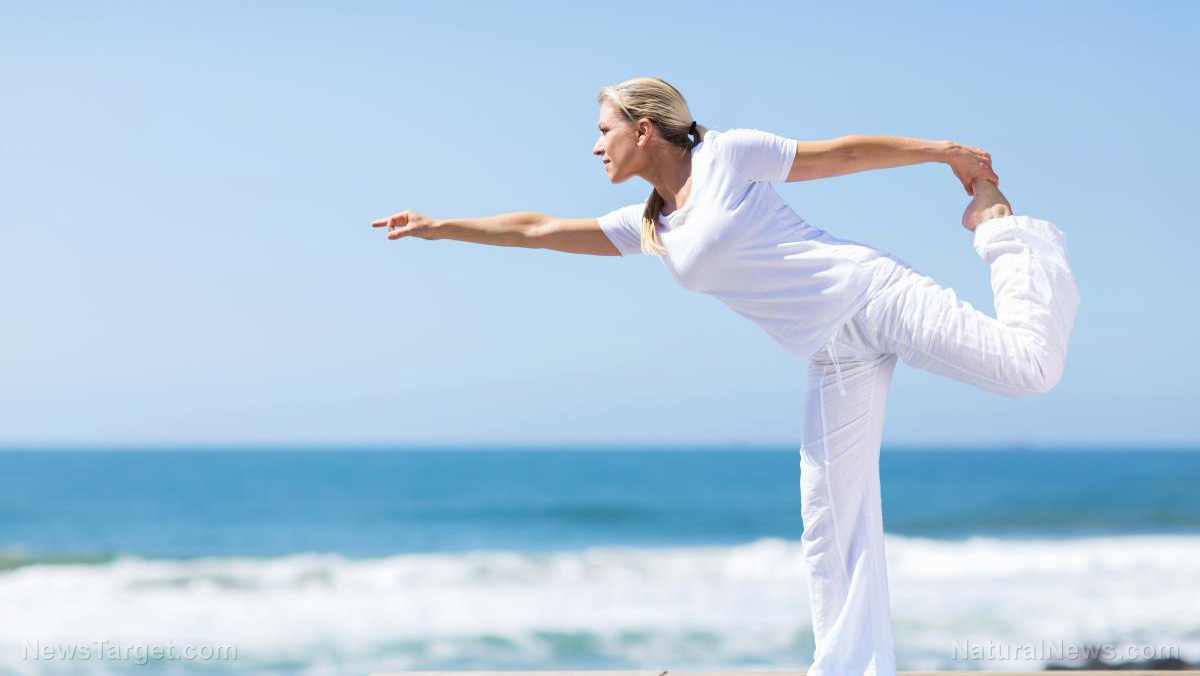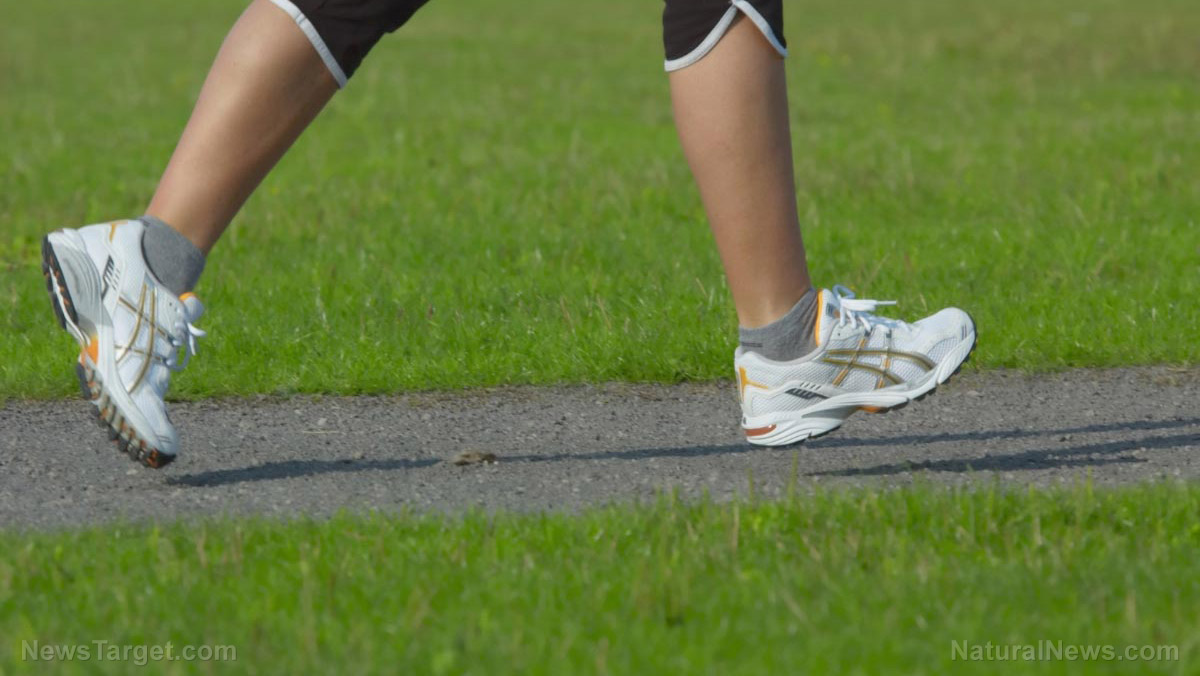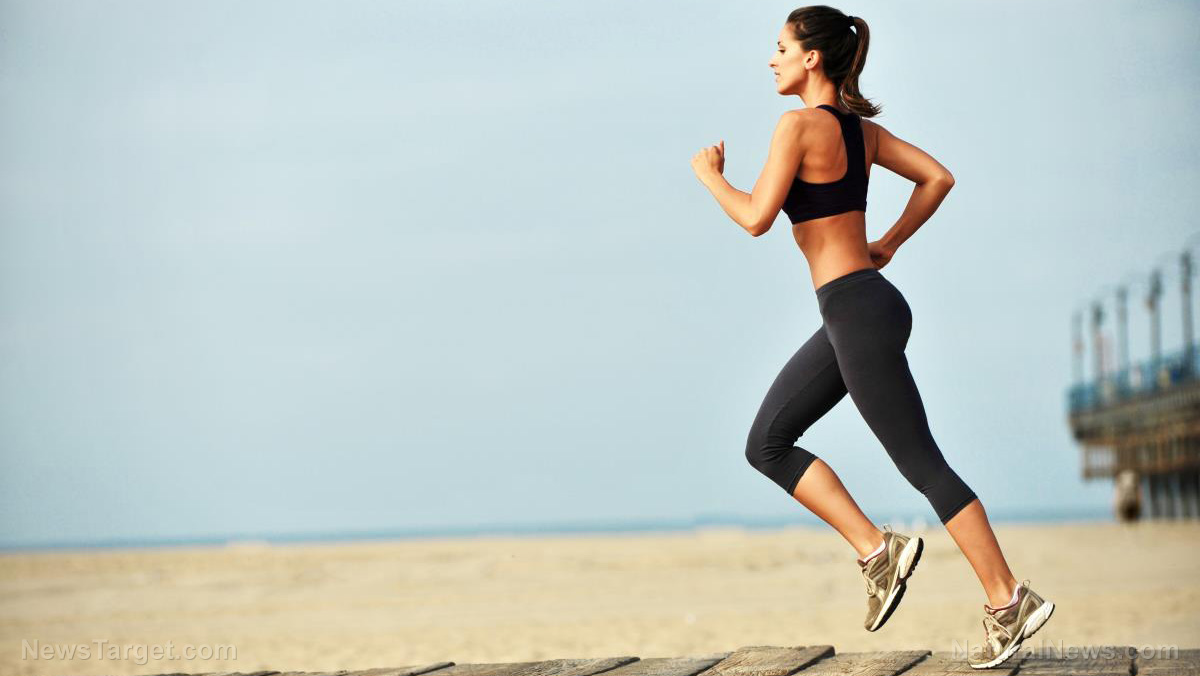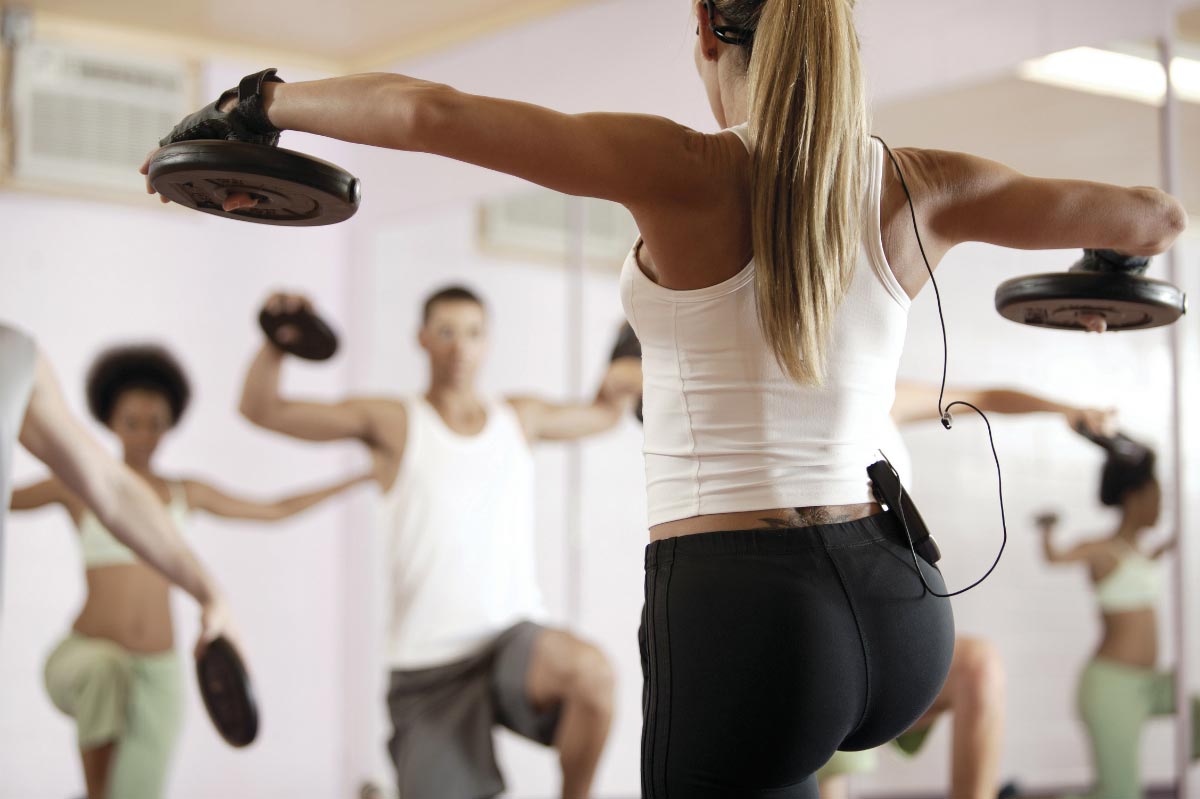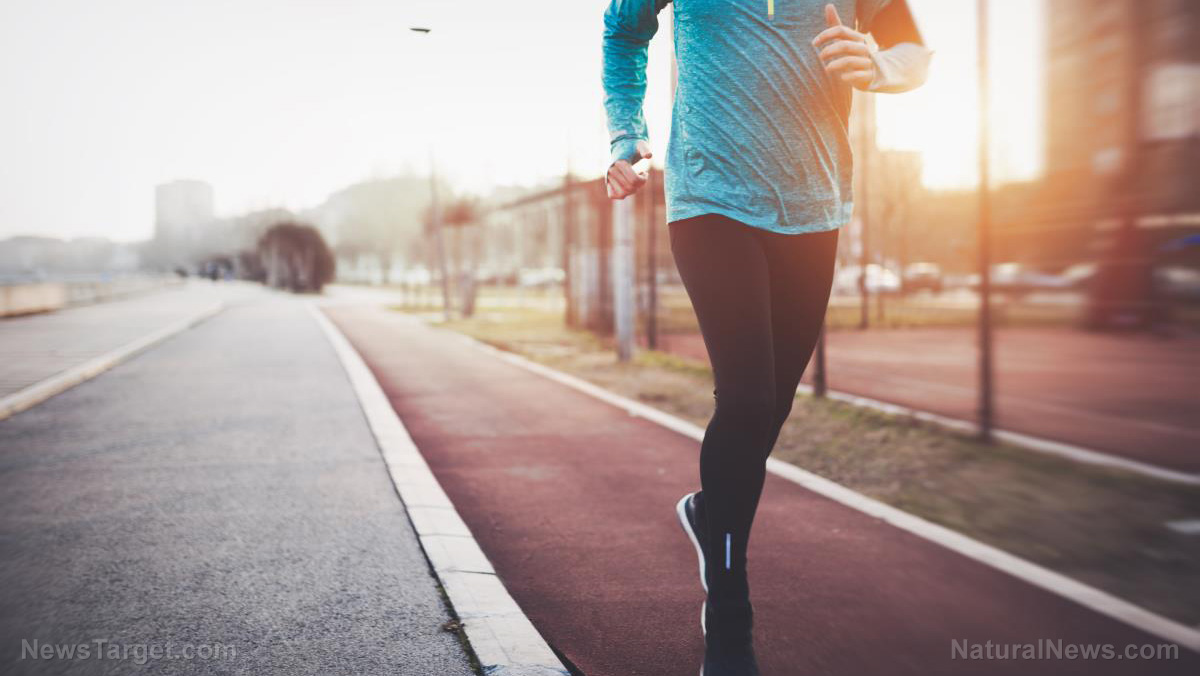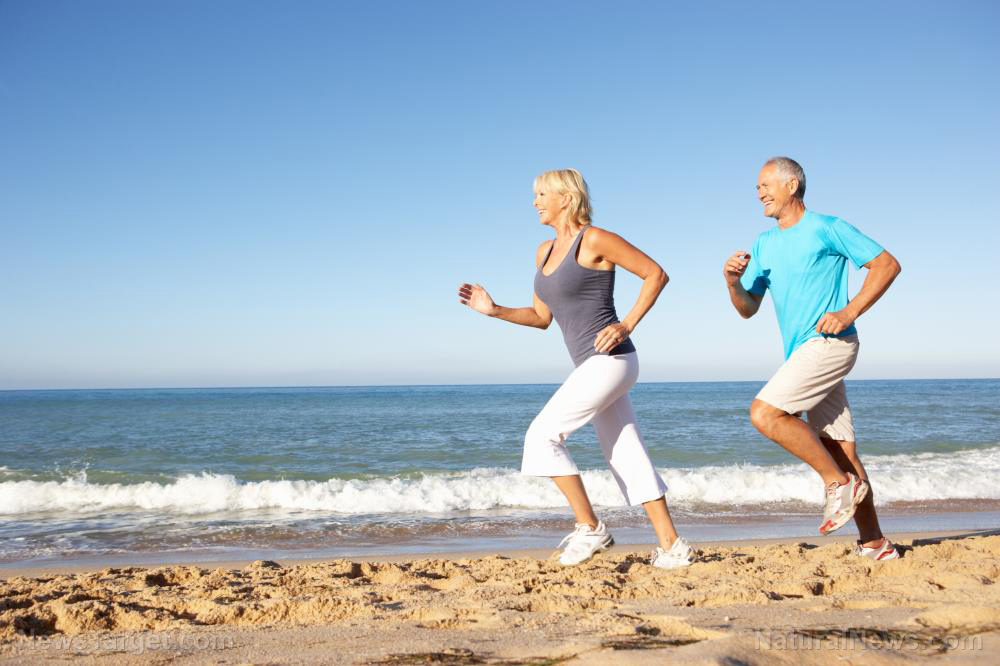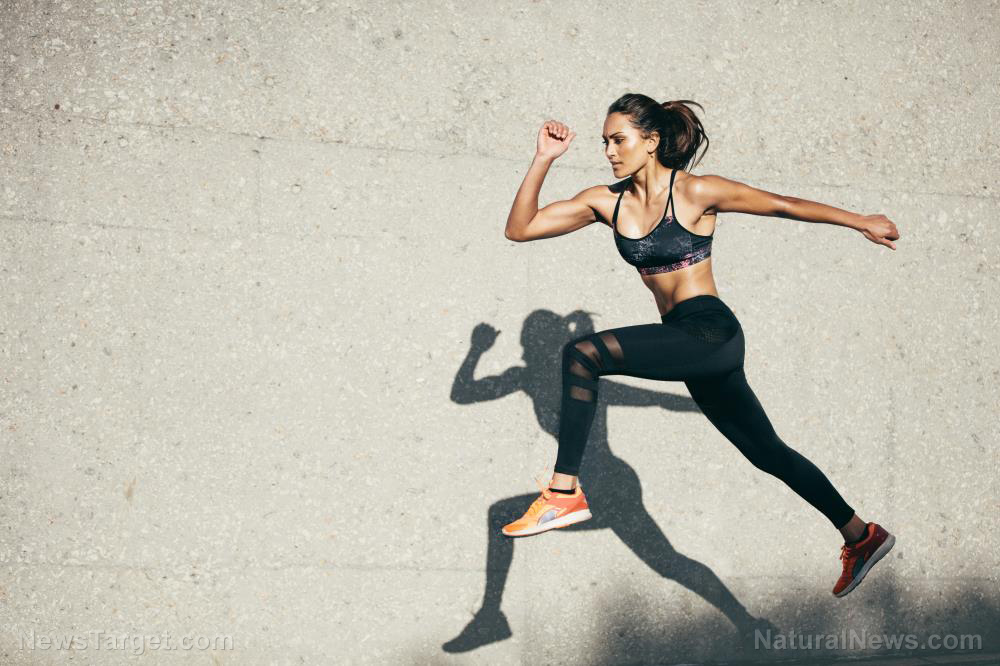Go barefoot more to make your feet stronger, avoid foot problems
04/11/2018 / By Jessica Dolores
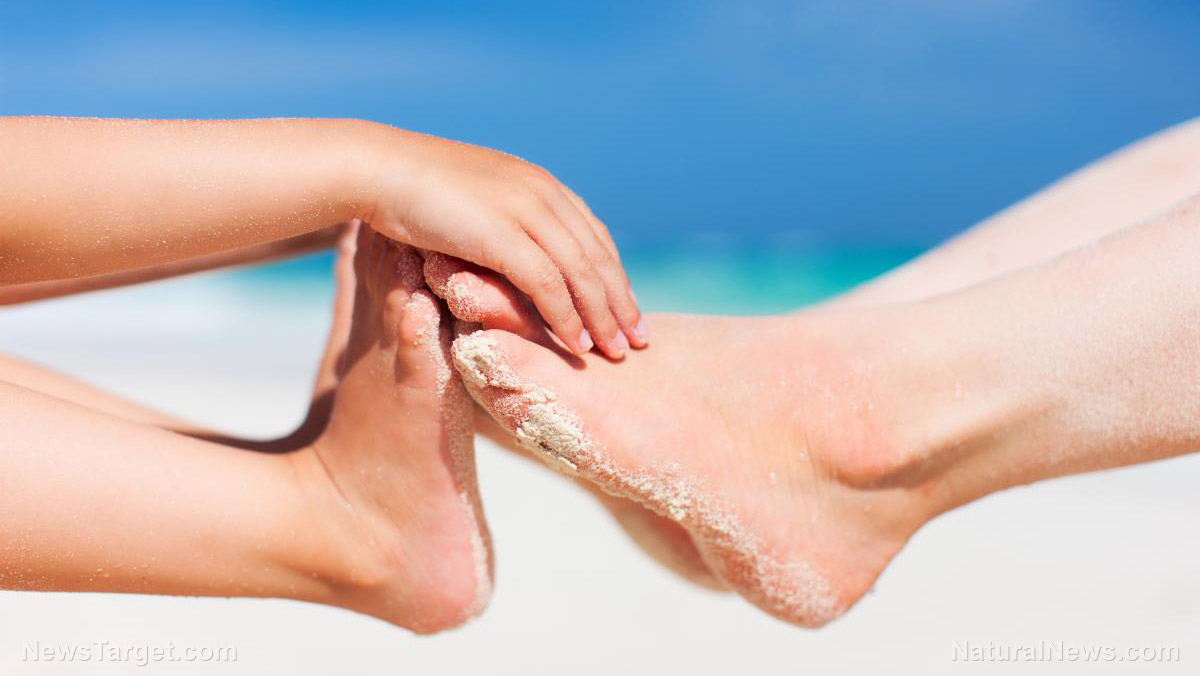
Ever wondered why your feet are killing you, even if you don’t have a sprain, or any sign of injury? It could be because you’ve been wearing closed shoes the whole day, and your feet have no chance to “breathe.” A new study by Harvard University researchers Nicholas Holowka and Daniel E. Liebermann showed that flat foot, which hampers movement because of reduced stiffness in the longitudinal arch (LA), is rare among people who go barefoot regularly.
This also applies to those who wear minimal shoes.
Researchers studied data from minimally-shod men from northwestern Mexico and those wearing modern shoes in urban/suburban areas in the U.S. The research team analyzed how stiff their longitudinal arch, which stiffens the foot while walking, is. They found that people who regularly wear shoes that restrict movement of feet suffered from weaker foot muscles, while those who go barefoot or wear shoes minimally had stronger longitudinal arches.
The researchers concluded that today’s shoes reduce the foot muscles’ ability to maintain arch stiffness, thus limiting growth and possibly even promoting wasting away from disuse. This, in turn, puts the person at risk for arch collapse.
Sure, you have to wear shoes or sneakers all the time, especially when you report for work, or go to school. But you can still sneak in some barefoot time to allow your feet to work the natural way.
Here are places you can go barefoot.
- At home — Take off those slippers and shoes at home and keep your feet’s 72,000 nerve endings from dying. Let your feet feel the floor. This does wonders for your posture, balance, and alignment. You can wear socks during winter or whenever the weather gets too cold for comfort. Besides, muddied, dirty shoes bring all sorts of germs into the home. So it’s best to leave them by the door or outside the house.
- At work — Some companies have dress codes, but others have started seeing the benefits of going barefoot. Perhaps, they’ve come across studies that show how taking off shoes raises their employees’ productivity.
- At the park — Try walking on the grass with your shoes or sandals on for five minutes. Then take them off for the same duration of time. Feel the big difference? Unlike hard flooring, grass is soft and adjusts to your feet. Grass stimulates acupressure points for the eyes, ears, lungs, face, stomach, spleen, brains, kidneys and other parts of the body. This maintains the balance in your body and keeps you healthy.
- At the beach — Take off those shoes and savor the soft sand underneath. Shifting sand promotes resistance, thus making it more challenging than concrete to walk on. Your feet gently sink, making your leg muscles work more to lift your feet again. Walking on the beach barefoot burns even more calories than exercising on the treadmill. Legs and feet grow stronger. Sand also makes the skin of the feet softer, smoother, and more supple. Not only that, the immense blue soothes your mind and lightens your mood.
- When going for a walk or a run — Our feet are filled with receptors that send signals to your brain about your body alignment. Shoes block these receptors and limit movement in the the muscles and joints of your feet and legs. Sneakers, the footwear of choice for people who walk and run regularly, limit feet, and throw them into an unnatural position. Try looking for a clean, sandy beach or a grassy park to walk barefoot on instead. Runners and joggers can go barefoot for 10 minutes and let their feet get used to it.
- At the gym — You need shoes when using the treadmill and the stationary or elliptical bike. But you don’t need them for push-ups, lunges, dead-lifts, crunches and other forms of body weight exercise. These kinds of exercises let your body touch the floor, boosting your stability, increasing your range of motion and making sure you get the most from your workout.
- Yoga sessions — Yoga practitioners go barefoot to achieve balance, strengthen feet, and let energy flow throughout the body.
We may not pay attention to our feet all the time, because they’re located down there, where we don’t have to notice them, especially when standing before a waist-high mirror. But it can get us into trouble when we neglect them. Let’s be kind to our feet. They take us to interesting places, let us meet new friends, and literally keep us up and about.
Sources include:
Tagged Under: arch collapse, barefoot, body alignment, closed shoes, feet, flat foot, foot movement, foot muscles, foot problems, going barefoot, healthy feet, longitudinal arch, natural living, podiatry, reduced stiffness, shoes, traditional therapies, walking

